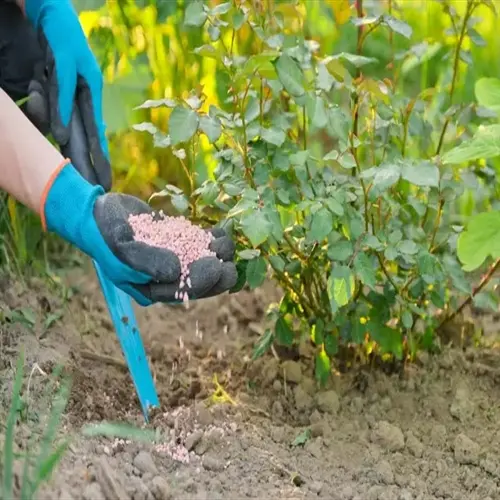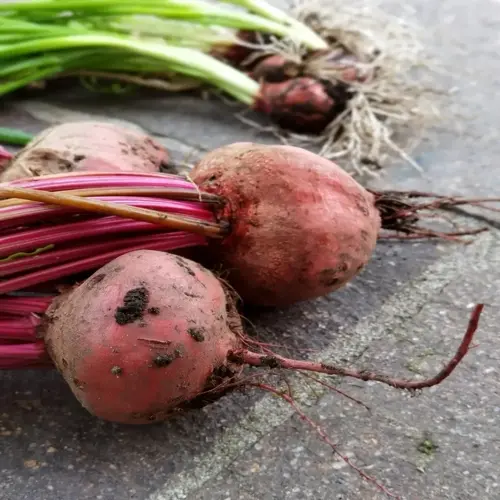How can I tell when cabbage is ready to harvest?

Written by
Liu Xiaohui
Reviewed by
Prof. Samuel Fitzgerald, Ph.D.The best time to harvest cabbage for crunch and sweetness is at the right time. A long delay and the heads will turn bitter, and some will even split. Discover five dependable indicators of peak readiness to harvest. These tactics will work for compact green varieties to loose Savoy.
Head Firmness Test
- Press gently with your palm
- Mature heads feel solid like a baseball
- Soft spots mean more growth time needed
Size Verification
- Measure against variety standards
- Green cabbage: 5 inches (12 cm) diameter
- Napa cabbage: 10-12 inches (25-30 cm) long
Weather Response
- Harvest immediately above 80°F (27°C)
- Heat causes splitting and bolting
- Cool weather allows extended growth
Observe plants daily as maturity approaches. Use days since transplanting as baseline. Almost all varieties will be ready for harvest between 60 and 100 days after planting. Check the wrapper leaves to ensure a deep green color and a tight formation. Damaged or yellowing leaves indicate stress issues.
Harvesting during cool temperatures in the early morning will be ideal. Use sharp, well-sanitized knives to make clean cuts. Leave two to four outer leaves intact to protect the heads naturally. Handle heads carefully to prevent bruising and deterioration. Bruises from mishandling will significantly reduce the storage life.
Store cabbage properly to keep it fresh and crisp. Refrigerating whole heads in plastic will keep heads fresh for 3 to 4 weeks. Keeping whole heads in root cellars will keep them fresh for up to 4 months. Store heads root side up to conserve moisture. Keep cabbage away from ethylene-producing fruits like apples.
Read the full article: 5 Signs When to Harvest Cabbage

